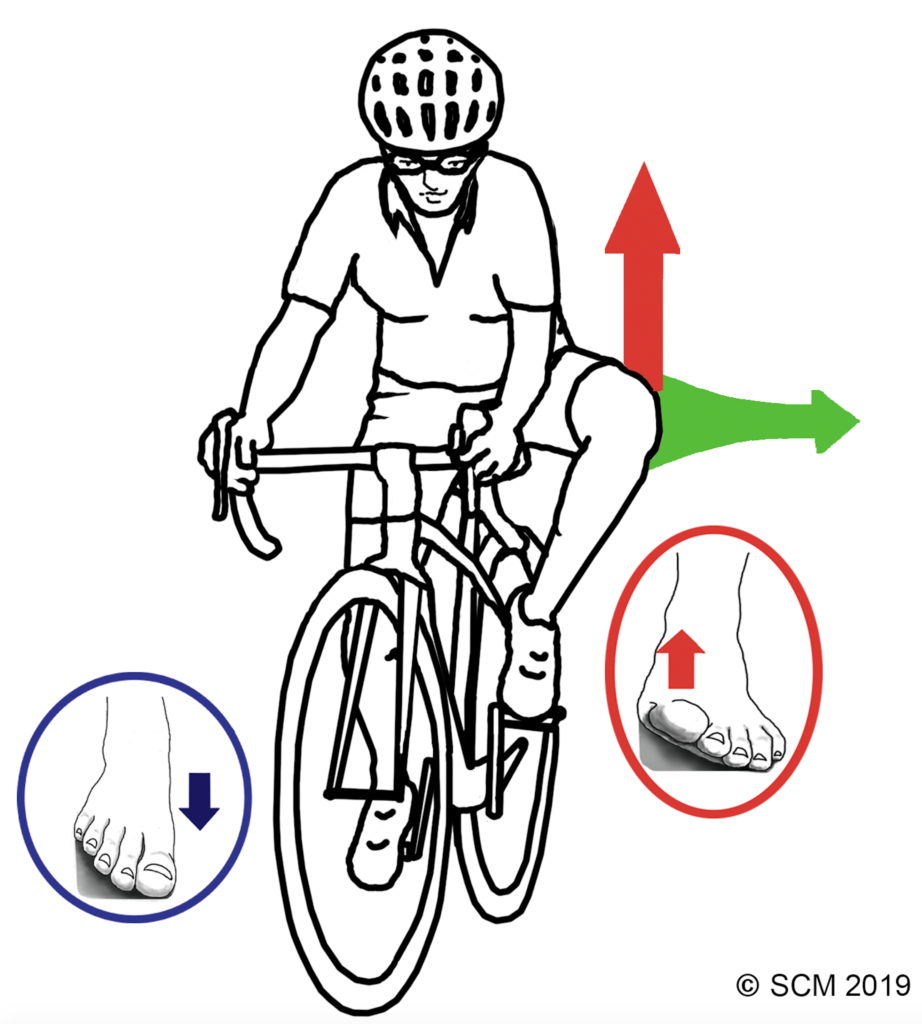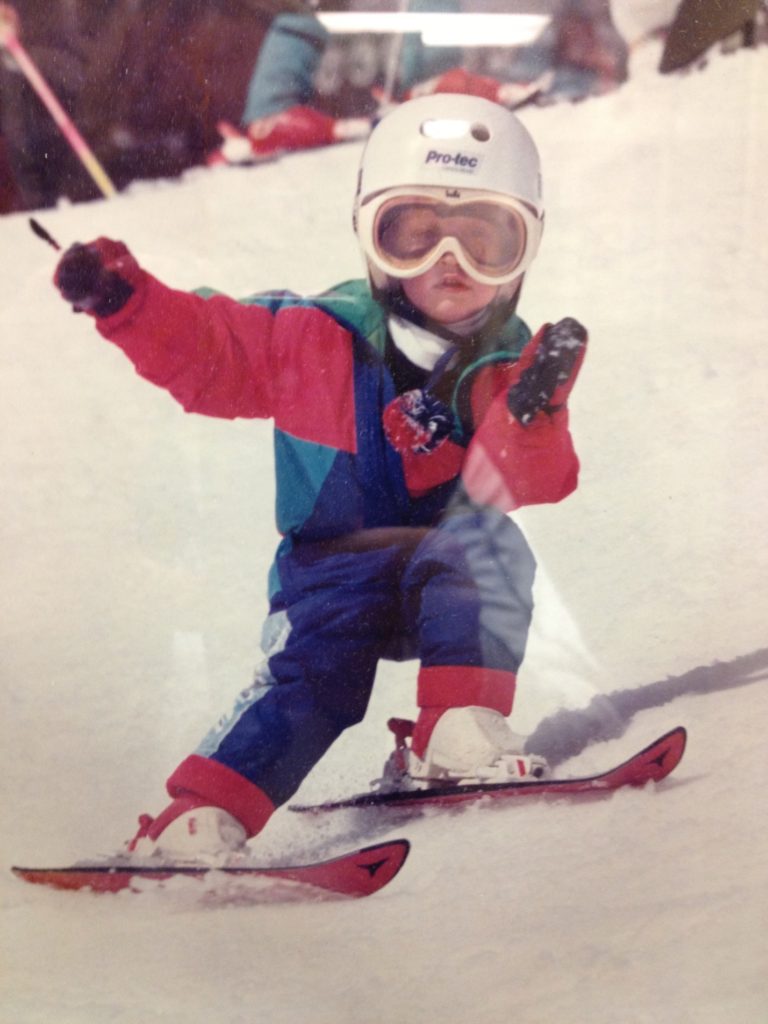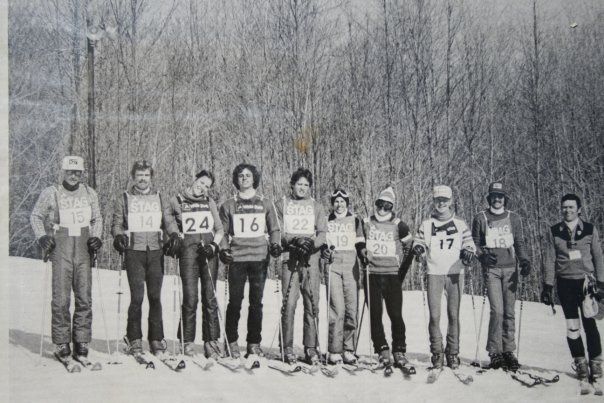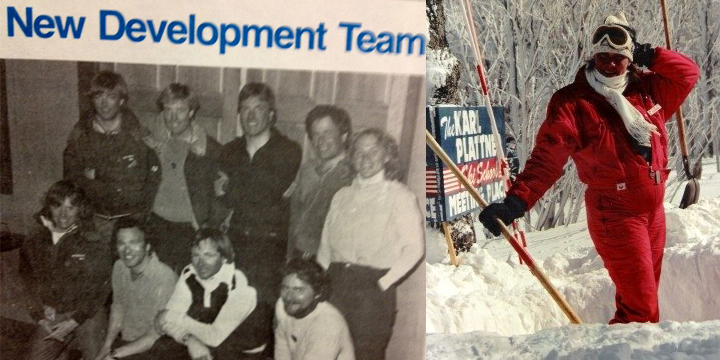With a few months left to train for skiing, here is something that will transform your pressure management skills and aid in dynamics. Disclaimer: you will look weird doing it, so you might want to make sure no one is looking. This element is a transformational concept I have shared for high-end skiers with sweet success.
Many top coaches came out of ski racing and though they kick butt and look hot, they suffer from knee stress and often scrub momentum/flow and dissipate edge angles. The focus and goal has been to get on the outside ski early. Basically, at the transition from turn to turn. Absolutely, but all this attention to doing so has created extra movement and pressure management issues in many experts. They stand and push to “pressure” the new outside ski. I say, “take it away” from the inside ski and magic happens to the outside ski.
If you do ride a bike and climb hills, you know that the up-pedal is as important as the down-pedal to help you up a hill. The same holds true for skiing. If you practice some elements during the action of pedaling a bicycle and are conscious of them while you ride, your body will be creating muscle memory that will translate to your time on snow. The closest sensation is created on a bike with toe straps (old school clipless or a stationary bike with high resistance), but if you are clipped in it will still serve the purpose.

To create the sensation of initiating and shaping a ski turn, the next time you get on a bike, try this: Start your up-pedal by dorsiflexing and inverting the foot. As the pedal rises, rotate your femur away from the bike. Your body/bike will continue moving forward (as it should while skiing) and your torso and hands will remain stable and forward, creating actions only in the legs… like in skiing. Once you get the timing of it; really feeling it, add the extension and eversion of the down-pedal leg. Along the way, feel your core muscles contract as you are “folding” the thigh up toward and to the side of your chest. Yes, it is awkward on a bike, but the practice will give you skills that make dynamic skiing effortless. It will take the mystery out of “pressure management” in a dynamic turn. While skiing slowly, the mechanics are the same, but not as exaggerated. Enjoy!



